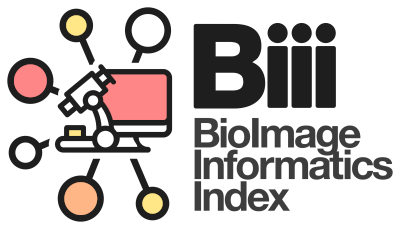Many tools for BioImage Analysis are already available but information about these tools is non-uniform and often focuses on technicalities about the methods implemented rather than the problems the tools can actually solve. Since bioimage analysts focus on applied problems, this information is often inadequate. To overcome this issue, the platform BIII developed by the Network of European Bio-image Analyst NEUBIAS tries to match the problem with the relevant tools.
Learning from the success of community-based projects (e.g. Wikipedia) to achieve this goal, a crowdsourcing technique fostering exchanges and collaboration is applied to incrementally update the platform.
BIII seeks to provide a unification of views: problem-based (e.g. “find nuclei in cells”), method-based (e.g. “active contour-basedsegmentation”), and tool-based (e.g. “CellProfiler”). The platform will also gather commented links on articles describing algorithms with high potential but without a usable source code “Calls for implementation” to plan collaborative implementation through threads in the forum. The database is edited in a manner similar to Wikipedia: i.e. the community provides content that is managed by curators. Crowd-sourced database editing is reinforced by strategic meetings called taggathons, boosting the content of the database. These meetings are also aimed at reaching consensus on future directions.
By sharing knowledge between the different communities, we aim to help biologists to find any tool or workflow available for a particular image analysis problem and to find the adequate image processing wording, but also to help software and algorithm developers to find missing tools (or components), and to help bioimage analyst to identify and edit workflows (linked components). It also aims to be a simple way to diffuse bioimage analysis solutions, even when they cannot lead to a publication per se.
By also exposing all data we are curating with standard web practice, we allow other projects to reuse this data.



